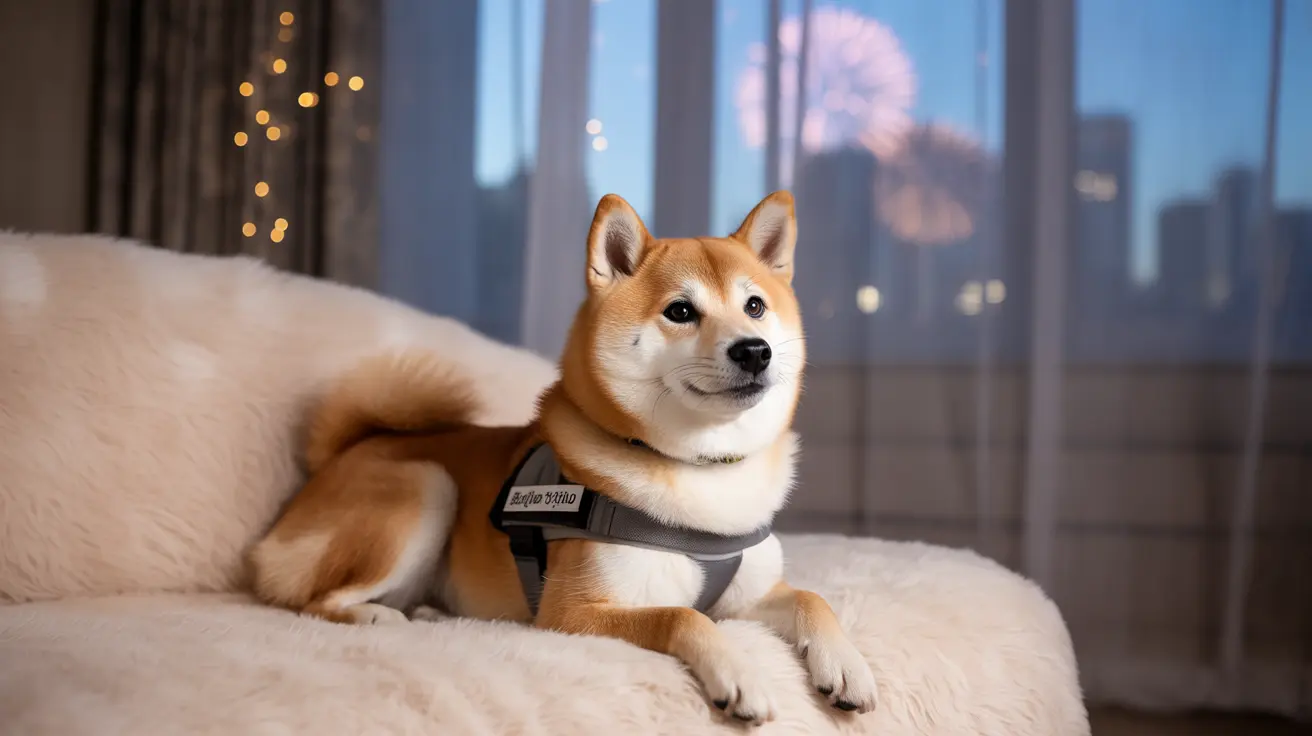What Does It Mean When a Dog Stares at You?
Dogs use a wide range of body language to communicate with humans, and staring is a particularly noticeable form. If your dog locks eyes with you for extended periods, it might feel puzzling—or perhaps even unsettling. However, understanding why your furry friend is engaging in this behavior can strengthen your bond and help you respond appropriately.
1. Affection and Attachment
One of the most heartwarming reasons dogs stare at their owners is because they love them. Staring can be an expression of affection and emotional bonding. When a dog makes eye contact with a human, oxytocin—the same hormone involved in bonding between parents and newborns—increases in both. This reinforces a positive emotional connection and solidifies the human-canine bond.
2. Communication
Dogs often use their eyes to communicate. A stare might mean:
- They want something: This could be a treat, a walk, or simply some attention.
- They’re curious: Your dog may be trying to understand what you’re doing or how you're feeling.
- They’re waiting for cues: Many dogs stare at their owners in anticipation of commands or actions.
3. Looking for Guidance
Especially in trained dogs, a fixed gaze can be a way of asking, “What next?” This behavior is common in working dogs or pets well-versed in obedience training. By staring, they are seeking direction and are ready to follow the next instruction.
4. Attention-Seeking Behavior
Dogs quickly learn what behaviors lead to favorable outcomes. If a stare results in a pat, snack, or chat, they will likely repeat it. Over time, this behavior becomes a learned method of gaining attention. Some dogs also learn to stare at unusual times (like mealtime) to see what reaction they can get.
5. Guarding or Aggressive Behavior
Although usually benign, staring can sometimes indicate discomfort or a challenge—especially in dogs not familiar with you. If it is accompanied by stiff posture, growling, or unblinking eyes, it may be a warning sign. In such cases, it's critical to:
- Avoid prolonged eye contact.
- Read additional body language.
- Stay calm and give space.
Understanding the context of the stare is crucial.
6. Cognitive and Health Issues
In older dogs, persistent staring at objects or into space might be a symptom of canine cognitive dysfunction or vision issues. If your dog seems dazed or their stare is not appropriately responsive, consult a vet. Other signs might include:
- Disorientation
- Altered interaction with humans or other pets
- Appetite changes
7. Habits Formed Through Routine
Dogs thrive on routine. If your actions consistently precede an activity they enjoy—such as picking up the leash before a walk—they will learn to monitor your behavior closely. This often results in seemingly intense stares as they anticipate what's coming next.
Key Takeaways
- Affection-based stares are soft and loving.
- Instructional stares are focused and alert.
- Warning stares are intense and often accompanied by stiff body language.
- Always observe the full body language and context.
In conclusion, a dog’s stare is typically a beautiful form of non-verbal communication steeped in emotional significance, learned behavior, or instinct. Learning to interpret your dog’s gaze helps deepen your understanding and allows for better interaction. Whether it’s for love, a treat, or a need to connect, your furry companion sees you as the center of their world—and wants you to know it.





